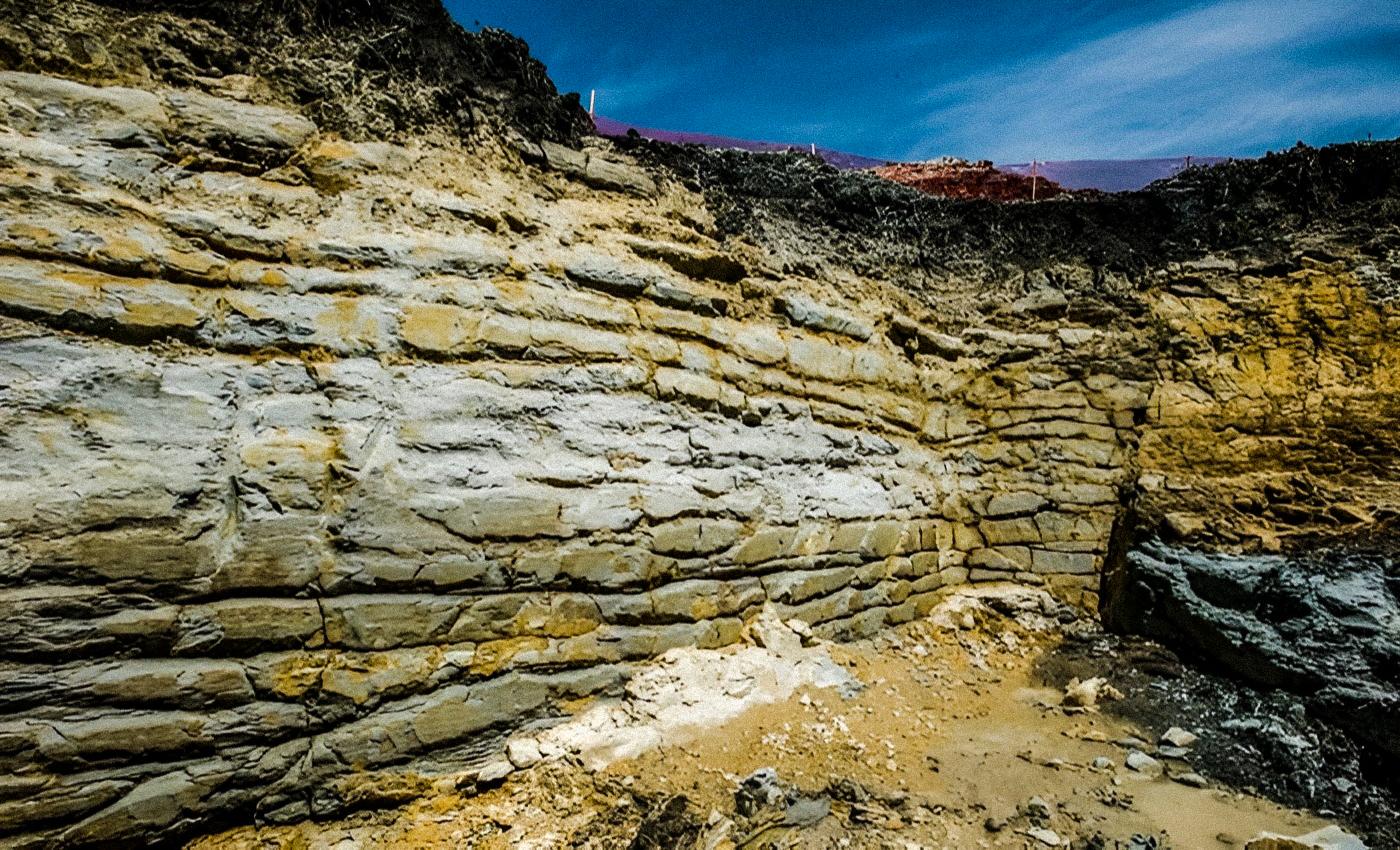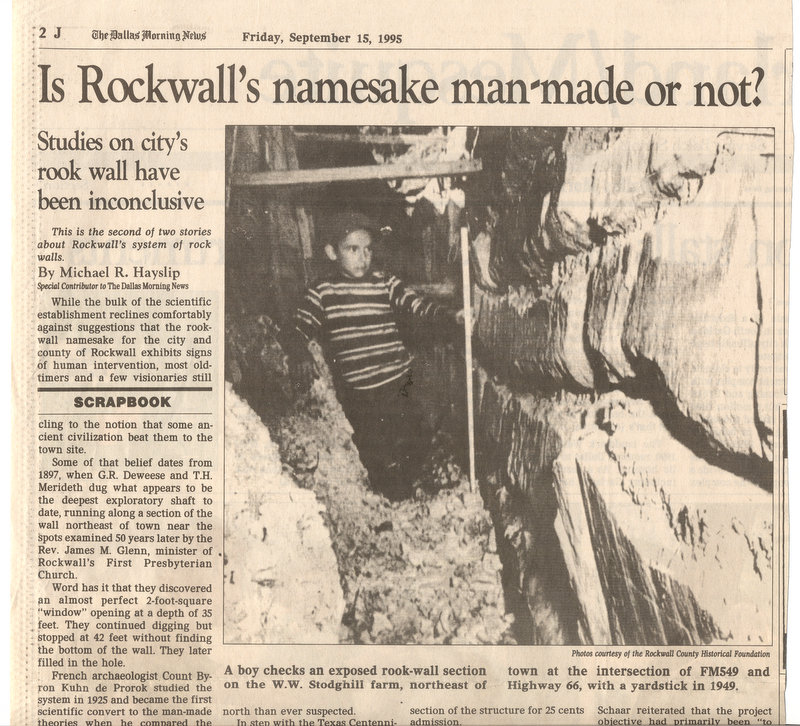Imagine stumbling upon a stunning relic that challenges our understanding of human civilization; this is what the story of the Rock Wall of Texas is. Is it a natural formation or an ancient structure crafted by human hands?

In the year 1852, in what is now Rockwall County, Texas, a group of farmers in search of water uncovered something truly remarkable. What emerged from beneath the earth was an intriguing rock wall, shrouded in mystery and speculation.
Estimated to be between 200,000 and 400,000 years old, this colossal structure has divided opinions among experts and ignited the curiosity of many. Some argue that it is a natural formation, while others firmly believe that it is undeniably man-made. So, what exactly has fueled this controversy?
To shed light on this contentious subject, Dr. John Geissman from the University of Texas conducted an extensive investigation. He tested the rocks found in the Rock Wall as part of a History Channel documentary.
Initial tests revealed something fascinating. Every single rock from the wall exhibited the exact same magnetic properties. This consistency suggests that these rocks originated from the area surrounding the wall itself, not from a distant location.

Dr. Geissman’s findings suggested that the Rock Wall might actually be a natural structure, rather than man-made. However, not everyone is convinced with this finding; they have called for further studies to solidify this possibility.
While the research by Dr. Geissman is intriguing, one test cannot be the sole basis for defying such a significant claim.
Despite the skepticism, other experts, such as geologist James Shelton and Harvard-trained architect John Lindsey, have identified architectural elements within the wall that suggest human involvement.
With their trained eyes, Shelton and Lindsey have observed archways, linteled portals, and window-like openings that bear a striking resemblance to architectural design.
According to their research, the level of organization and the intentional placement of these structural features are highly reminiscent of human craftsmanship. It’s truly remarkable.
As the debate rages on, the Rock Wall of Texas continues to captivate the minds of those who venture to study it. Will further scientific investigations finally unravel its secrets and provide clarity to this enduring enigma?
Until then, the Rock Wall of Texas remains massive, bearing witness to an ancient mystery that challenges the very foundations of our understanding of human history.




